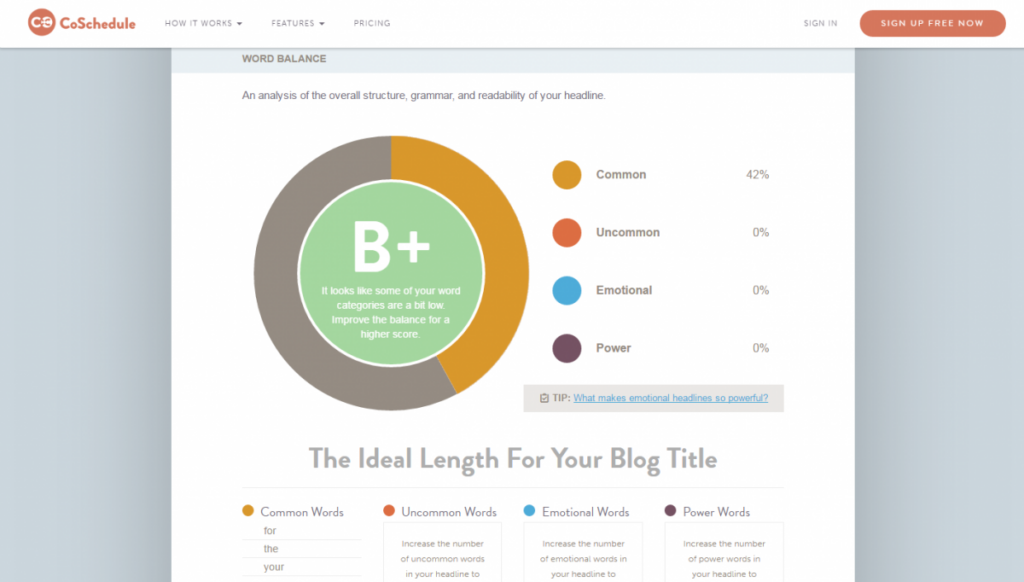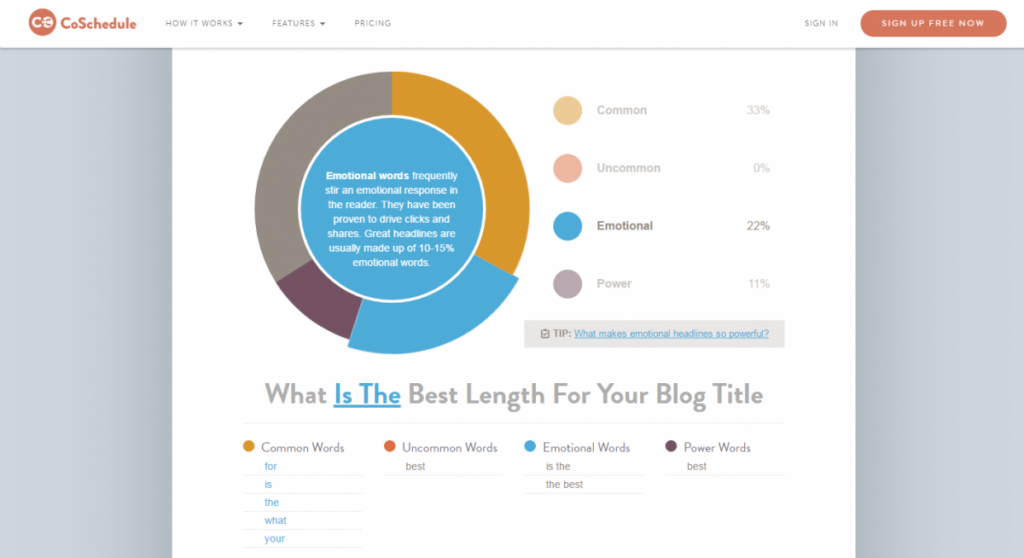Two blogs are created every second. That’s 172,800, on average, everyday. These aren’t all business blogs, many are personal ones centred around topic or another, however the figures tell us one thing; there’s an ever increasing amount of online content; which you need to set yourself apart from. Blogging is an ideal way to increase your businesses SEO and drive traffic to your site; for these reasons alone blogging is a valuable asset; added to the fact you want your website to be an asset to your loyal customers and a reason for them to make return visits to the website; remember which takes them one step closer to making a purchase from you.
You might know that you need to publish a blog but be completely stuck on how to get traffic to your blog and in turn your website, so through this blog we’ll let you know the little things that add up to make all the difference between if your content is seen and shared, or not.
On Page SEO
SEO- search engine optimisation, is something you’ll hear everyone who is trying to increase the ranking of their website obsess over. All content has two major audiences; the readers and the search engines, so whilst you’re appealing to the humans and the bots; there are a few boxes you need to tick.
The title:
A quick Google of the ‘best word count for blog titles for SEO’ will produce many articles all claiming different lengths and all with reasons backing up their claim. Overall, the ideal length is 55 characters; the blogs with titles which hover around this mark generally earn the highest number of clicks throughs. A headline preforming on social media earns shares for the article; instead of a headline putting an article into context as Jakob Nielsen believes; in the days of social media sharing being the difference between high and low engagement for a blog; a headline needs to capture clicks and interest in the piece. With the news feed constantly updating, the headline is your chance to get noticed and ensure you don’t get hidden in the masses. We’ve found this handy ‘Headline Analyzer’ tool on CoSchedule which allows you to type in your prospective headline and allow it to point out areas of weakness to allow you to improve it in terms of maximising the SEO.
Once we’d played around with our title, we managed to improve the score to make our title less generic and more exciting to share online.
Page URL
The customisation of a URL is an easy way to get keywords into your post; they’re easily altered, and instead of numerical tags, you can change them to be relevant to the content and categories they’re within, further emphasising your keywords.
Balancing inbound and outbound links
Just the same as adding too many hashtags in your tweet makes it look spammy, adding too many links on your blog will produce the same result. Limit the amount you’re using and remember the first link you use should be an inbound link. Also when a customer opens a link it should open on a new tab; leaving your article open to them, increasing the likelihood they’ll return to read the end.
Consistency is key
Another topic which is hotly debated amongst bloggers is how often a blog needs to be updated. The general rule is around once a week is the best- for those in small businesses with limited time to get everything done, this seems unachievable; so if you’re not able to get a weekly post up; make sure they’re published no less than once a month.
In the case of updating your blog once a week, planning ahead is imperative; we’ve all sat in front of a blank screen with no inspiration, so gather together your ideas in a planner beforehand; there’re so many printable content calendars online that will make this so much easier! If you let your readers know when you post; every Wednesday at 3pm for example, loyal readers will be able to check back and expect a new post; increasing your engagement and interaction.
Keywords
As with links above; don’t over-stuff your post with too many keywords; if you’re struggling to make your sentences make sense as you’re filling them with trigger words; the search engines will be able to spot this and you will get penalised. Long-tail keywords are as important as ever to ensure your blog is ranking online; they promote organic rankings on social media and increase traffic; driving 70% of search traffic.
Some keywords are too hard to penetrate; the competition is too fierce and ranking on the first page of Google will be extremely difficult which is why long tail keywords; which allow your site to be picked up from a longer phrase a user types in, will be far more beneficial for you and allow the topics a user is interested in to be tapped in to. Keyword research before you write your posts; especially those which run along a theme or a series that runs across multiple blog posts, is a really helpful practice.
Analyse the competition
With every business owner now knowing the power of the blog, most are now utilising the space to their advantage. This means that whatever your market is, someone is usually already there setting out their stall. You need to have a look at their analytics in terms of their long-tail key words, content and social media. Instead of developing on from this, it gives you a chance to go in the complete opposite direction and set yourself apart; it will also identify weaknesses in their strategies that you can exploit; answering questions they haven’t or providing content or freebie downloads that would provide value to your customers.
Whilst a quick Google will show multiple websites which give steps to reach page 1 of Google in a matter of days; in reality, it’s not an instant payoff. It takes hard work, consistent and constant blog updates, quality content and concentrated SEO efforts which are focused on the core strategies of the brand.
If you’re looking for further help, we’d love to have a chat!







